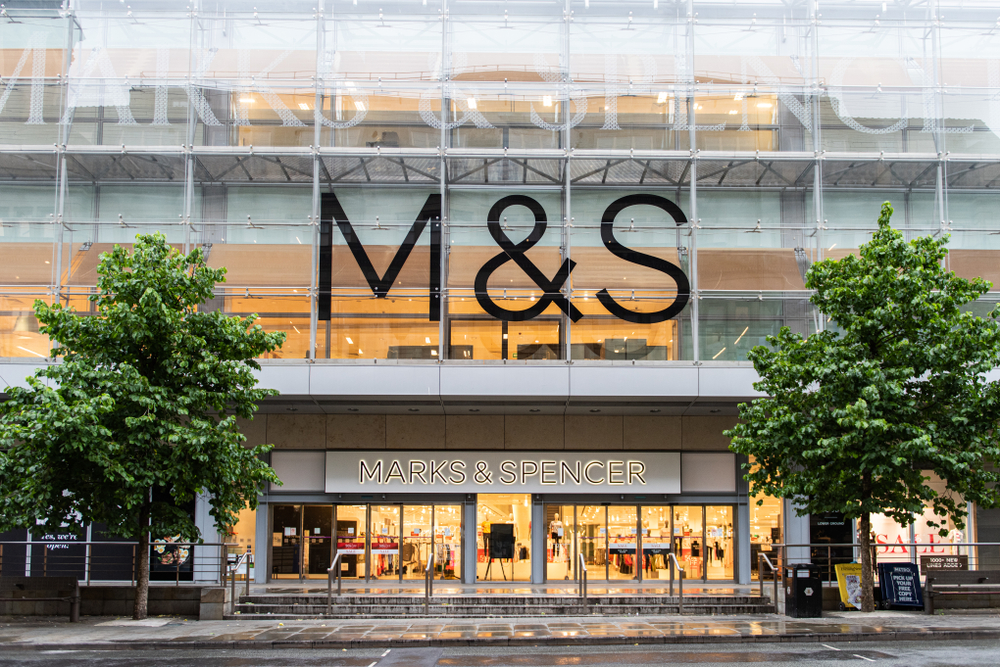While mobile has become the preferred ordering device for many shoppers, real-world stores still dominate the market across Europe. Penelope Ody looks at why cross-channel integration is now a priority.
Looking back, it seems very unlikely that when the very first iPhone appeared in June 2007, anyone realised just how much smartphones were going to change the world, the lives and behaviours of people and – of course – shopping habits. Researchers now believe that typical smartphone users looks at their device 150 times every day, spending three out of every 24 hours staring at its small screen.
As for shopping habits, it is now estimated that within two to five years, buying via a mobile will be more commonplace than using a desktop machine, with 54% of global online shopping expected to be via mobile devices.
The proportion opting for mobile does vary significantly by geography, though. South Koreans are the most enthusiastic, with mobile already accounting for 55% of total online orders, while during China’s ‘singles day’ in November, 90% of all Tmall’s orders came via mobile. According to the Salesforce Shopping Index, 63% of all global online shoppers currently start their customer journey on a mobile device, with 45% closing the sale
the same way.
While the growth of online has left high street retailers struggling in some geographies, bricks and mortar remain a significant component in most customer journeys, which makes good cross-channel integration essential. UK shoppers are currently the most likely to buy online, with others in Europe less enthusiastic.
According to the Centre for Retail Research* while more than 17% of total retail sales in the UK are online, that figure is only around 7% in Switzerland, Austria and Belgium, and lower than 4% in Spain, Poland and Italy. Only Germany (at just over 15%) and France (10%) come close to the UK.
The CRR also suggests that high street shops in the UK currently account for 36.6% of retail spending. While that may be well down from the 50% share in 2000, once you add retail parks and shopping malls into the mix, bricks and mortar still accounts for more than 80% of total retail spend, even in the UK.
While the customer journey may start on a mobile, concerns over payment security deter many.
A Shopgate study found that 15% of millennials worry about identity theft when paying for goods with a mobile, so prefer to buy via a retailer’s app, which is perceived as more secure. While many apps – notably those from Amazon, Google Maps and Facebook – are used regularly, a great many more are rarely looked at, with one in five apps used only once in the six months after downloading.
Those that enable actual purchases are far more likely to be heavily used than those offering less tangible benefits. Amazon’s, for example, includes one-click ordering, parcel tracking and delivery information, while Starbucks’ payment app has become the most popular by usage in the USA.
Apps can also help digitise the store and improve that much-needed channel integration. John Lewis’ app stores electronic receipts, Zara’s adds augmented reality displaying videos of models wearing in-store garments once a shopper scans the item tag, while Pull & Bear’s app allows in-store shoppers to scan a garment tag and then buy the item via their phones.
Alongside the growth in use of mobiles for shopping is increased adoption of digital wallets.
Juniper Research suggests that by the end of 2019, 2.1bn consumers worldwide will be using mobile wallets, often for in-store payments. Juniper suggests that more than 50% of US retailers now accept ApplePay, although in Europe, most shoppers still prefer contactless cards to mobile wallets. However, where the mobile wallet is linked to a retail loyalty scheme, European shoppers – especially millennials – are more likely to use them.
For etailers looking to expand overseas, accepting payments from mobile wallets is vital. Worldpay estimates that by 2022, 42% of shoppers in-store in the Asia Pacific region will use this payment method.
The many uses for mobiles will certainly continue to expand, but those will include many uses that enhance the real-world shopping experience rather than simply providing an alternative way to buy.
*Centre for Retail Research: ‘Retail At Bay 2018 Report’ and ‘Online Retailing: Britain, Europe, US and Canada 2017’
www.retailresearch.org




